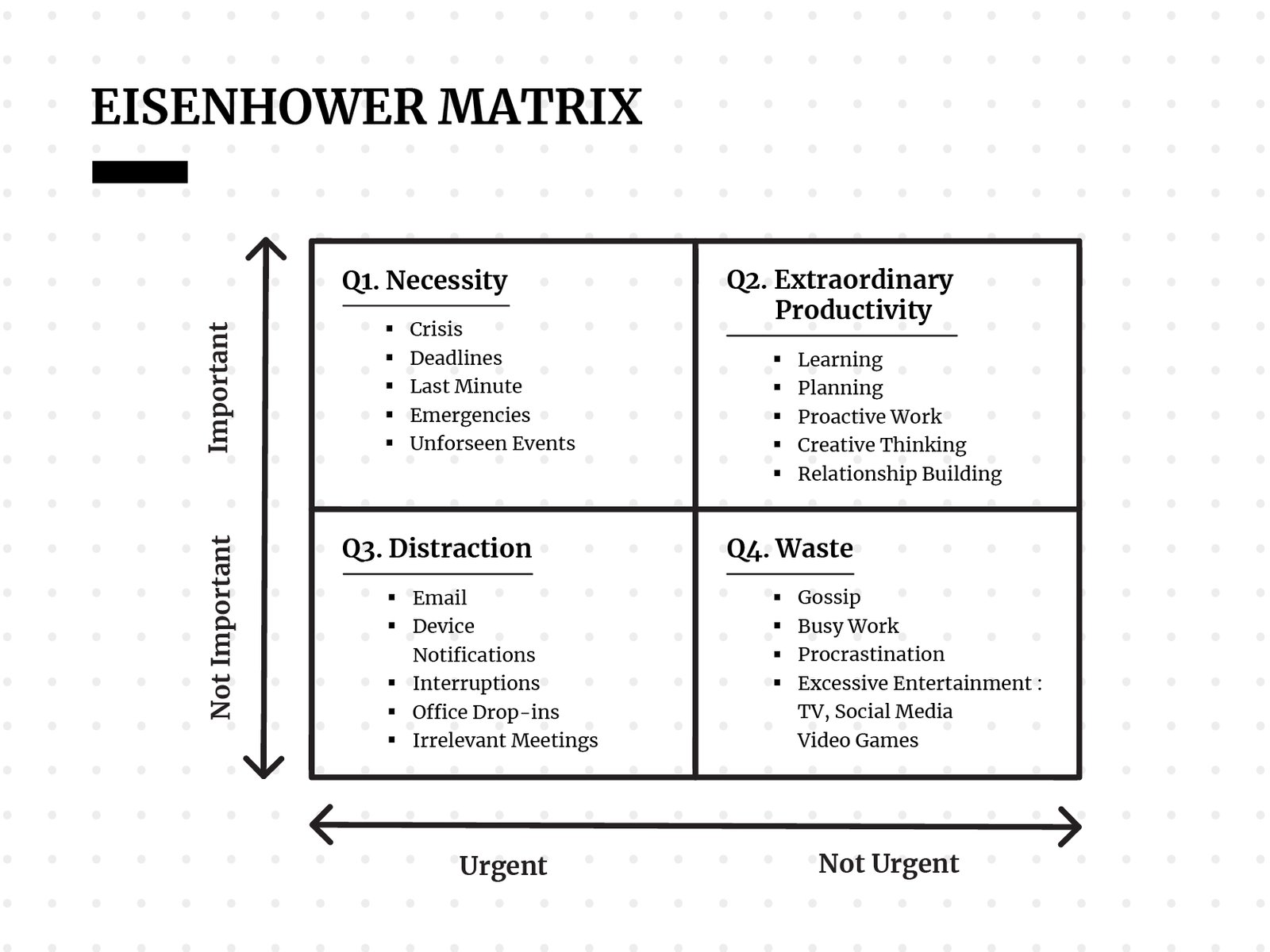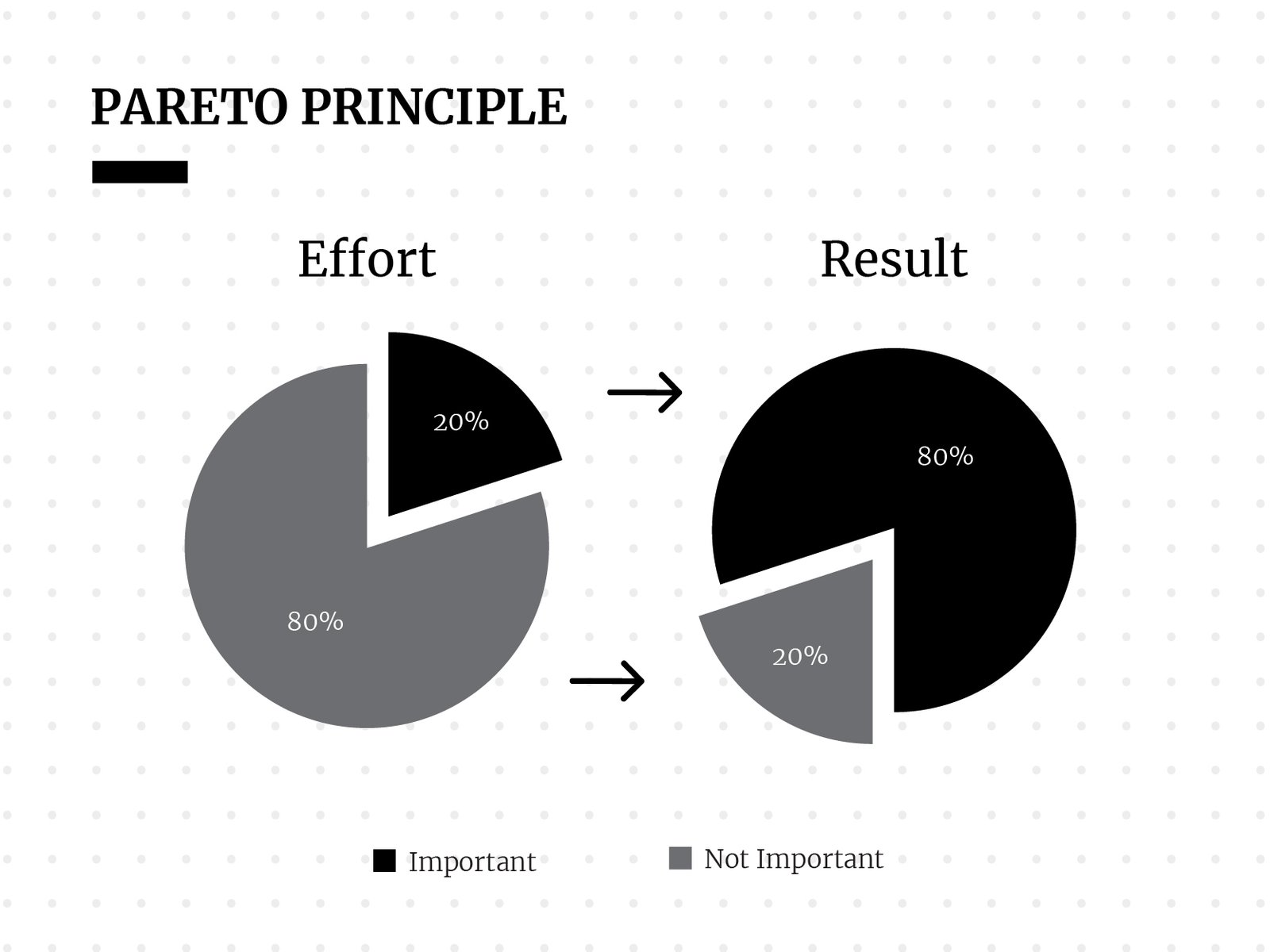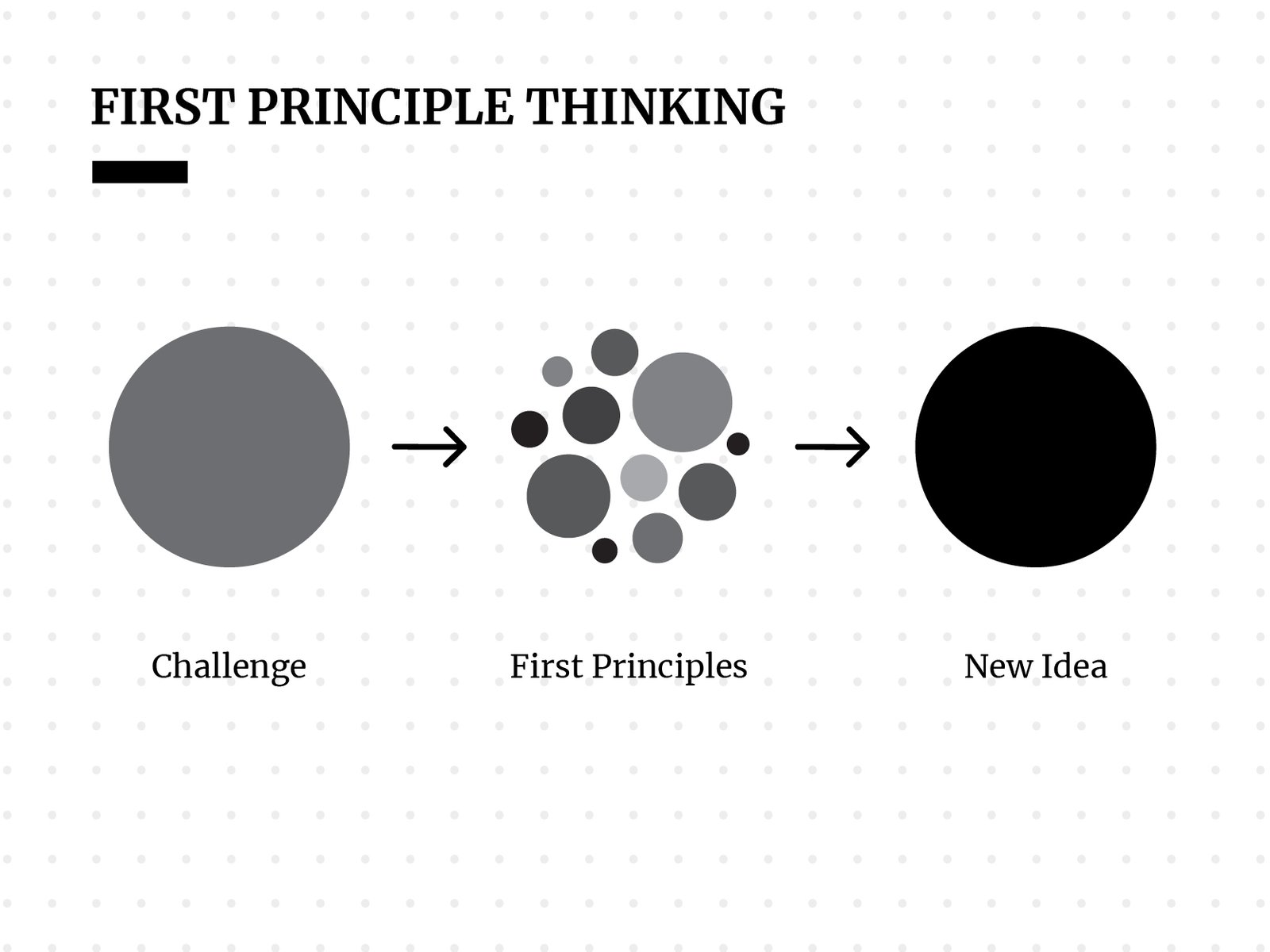Back in March 2010, I was so immersed in trying to win a prestigious rebranding project that I ended up missing out on important moments – like celebrating my mom’s birthday and going on backpacking trips with friends. However, despite putting everything at stake, we did not win the project. No project, no time to celebrate, no backpacking and definitely no cherished memories. Who stood to lose?
Have you also questioned yourself whether you’re constantly juggling urgent tasks while important matters get pushed aside? Like choosing work deadlines over spending quality time with family – something most of us can relate to (unfortunately). As time slips away, it hits you: you’ve been trading precious moments for immediate demands. That bitter realisation hit me like a ton of bricks. I was buried in work, unable to enjoy other things I loved. “No time” became my organic and perpetual excuse. I realised that there is nothing like “no time”, you have to make time if it matters.
So, I started organising my tasks based on what was urgent versus what was important. Little did I know, I was actually using something called the Eisenhower Matrix, a handy mental tool that helped me prioritise.

I began utilising different mental tools to organise things better, and observing their effectiveness, I delved into reading and researching extensively. I immersed myself in books such as “Thinking in Systems” by Donella Meadows, “Getting Things Done” by David Allen, and explored mental models, as popularised by Charlie Munger. These resources weren’t just guides through the chaos; they became my roadmap to restoring order in my life.
Today, thinking in systems and using a bunch of mental models has become my mantra. I apply these principles to everything – from my personal life to my work projects, and even when sharing knowledge with my kids. As Charlie Munger famously says “You’ve got to have mental models in your head. And you’ve got to array your experience, both vicarious and direct, on this latticework of models.” In this article, I’ll delve into how this approach shapes my brand strategy, sharing the lessons I’ve learned along the way.
What exactly is Systems Thinking?
Systems thinking involves recognising a brand as a consolidated network of interconnected components. Brands do not (and cannot) thrive in isolation. They are embedded within a broader framework encompassing consumer perceptions, market intricacies and cultural undercurrents. Mental models act as a trusted toolkit that aid in interpretation of information and facilitation of decision-making processes. Follow along as I present a selection of these frameworks and illustrate how they prove invaluable in navigating challenging scenarios.

1. Using The Pareto Principle for Brand Architecture
Picture this scenario: You’re trying to organise (or reorganise) a bunch of sub-brands under one group umbrella brand, but the experience is akin to herding cats. Crafting a brand architecture, categorically for large conglomerates, is undoubtedly a daunting task. It requires meticulous structuring to ensure coherence across the entire portfolio. Moreover, the reluctance to eliminate certain ventures from the brand portfolio further complicates matters. This leads me to the “80/20 Rule”, popularly known as The Pareto Principle, which suggests that 80% of outcomes arise from merely 20% of the efforts devoted. Applying this principle to Brand Architecture across predefined parameters involves identifying businesses that don’t contribute significantly to brand equity or align with the overriding group offering. By eliminating the clutter and noise, brand strategists can streamline the brand portfolio, thereby optimising resources for maximal impact.
2. Inversion to clearly identify the Brand Positioning
Ever felt like your brand is lost in a sea of competitors? In an era where differentiation among brands is minimal, the process of identifying a distinct positioning can be tiresome (and how). Inversion flips the script—a mental model that advocates for reverse thinking. When applied to brand positioning, inversion prompts strategists to delineate what a brand should eschew based on the existing positioning within the competitive landscape. By judiciously understanding what to avoid, brands carve out a niche that circumvents conventional pitfalls, thereby defending their distinct positioning


3. First Principle Thinking: Deconstructing Complexity for Innovative Solutions
First principle thinking involves breaking down complex problems into fundamental truths and building solutions from the ground up. Applying this model to brand strategy encourages strategists to question assumptions and industry norms. By distilling the brand’s essence to its core principles, we can create innovative strategies that set the brand apart from the competition. In recent times, Elon Musk made first principle thinking popular by applying it to Tesla. The brand revolutionised the automotive industry by reconceiving electric vehicles from the ground up, focusing on functionality and sustainability as opposed to adhering to conventional automotive paradigms.
4. Second Order Thinking: Anticipating Future Implications for Sustained Success
Unlike advertising, branding is where you build long-term solutions and strategies. Campaigns come and go but brands are built to last a lifetime, which is where understanding the future of a brand, acquisition and growth strategies are critical to brand building. Second order thinking involves considering the long-term consequences of decisions. In brand building, this model prompts strategists to anticipate the ripple effects of strategic choices. By looking beyond immediate outcomes, brands can craft strategies that not only address current market demands but also establish a foundation for sustained success in the future.

Robust brand positioning stems from a synthesis of research insights. By employing systems thinking and mental models, brand builders can avoid tunnel vision and consider the broader context. Understanding how consumer behaviours, societal trends, and technological shifts interact provides a nuanced perspective that informs a brand’s identity and positioning. However, strategists have a tendency to overthink or fire misdirected missiles in different directions when it comes to filtering insights from research and analysing those insights. The key is to bring in systematic thinking right from the beginning, objectives and outcomes of every research exercise should be clearly defined, research can give you a lot of noise, filtering the signal from that noise is only possible when you know what your objective is.
In the realm of brand building, the synergy between thinking in systems and the strategic application of mental models heralds a transformative approach. By embracing complexity and leveraging the above mentioned models, brands can unearth unique insights and develop strategies that resonate with consumers while enduring the test of time. This holistic perspective fortifies brand positioning, fostering resilience and adaptability amidst the ever-changing tides of the market.



